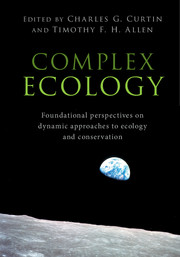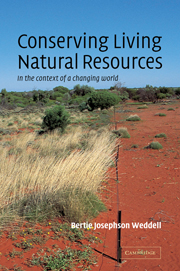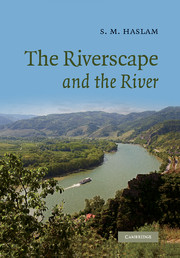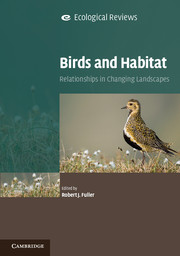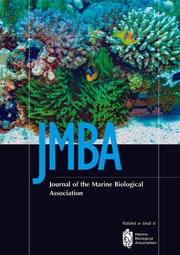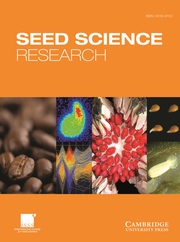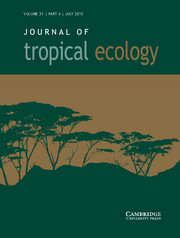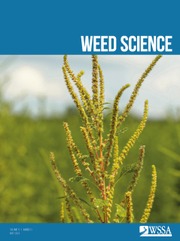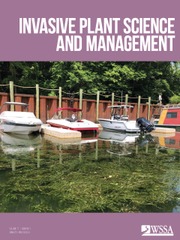Decision-Making in Conservation and Natural Resource Management
Models for Interdisciplinary Approaches
Part of Conservation Biology
- Editors:
- Nils Bunnefeld, University of Stirling
- Emily Nicholson, Deakin University, Victoria
- E. J. Milner-Gulland, University of Oxford
- Date Published: August 2017
- availability: Available
- format: Paperback
- isbn: 9781107465381
Paperback
Other available formats:
Hardback, eBook
Looking for an examination copy?
This title is not currently available for examination. However, if you are interested in the title for your course we can consider offering an examination copy. To register your interest please contact [email protected] providing details of the course you are teaching.
-
Making decisions about the management and conservation of nature is necessarily complex, with many competing pressures on natural systems, opportunities and benefits for different groups of people and a varying, uncertain social and ecological environment. An approach which is narrowly focused on either human development or environmental protection cannot deliver sustainable solutions. This volume provides frameworks for improving the integration of natural resource management with conservation and supporting stronger collaboration between researchers and practitioners in developed and developing countries. Novel approaches are required when ecological and social dynamics are highly interdependent. A structured, participatory, model-based approach to decision-making for biodiversity conservation has been proven to produce real-world change. There are surprisingly few successful case studies, however; some of the best are presented here, from fisheries, pest management and conservation. Researchers and practitioners need this interdisciplinary approach, focused on quantitative tools that have been tested and applied, and learning from success.
Read more- A unique overview of the main decision theories that address the mismatch between how researchers tackle academic problems and how practitioners solve real-world management issues
- Unites natural resource management and conservation within a single framework for improving decision-making
- Case studies from the field equip readers with a toolbox of approaches for responding to uncertainty and change while making environmental management decisions
Customer reviews
Not yet reviewed
Be the first to review
Review was not posted due to profanity
×Product details
- Date Published: August 2017
- format: Paperback
- isbn: 9781107465381
- length: 286 pages
- dimensions: 227 x 152 x 14 mm
- weight: 0.48kg
- contains: 35 b/w illus. 15 tables
- availability: Available
Table of Contents
1. Introduction Nils Bunnefeld, Emily Nicholson, E. J. Milner-Gulland
Part I. Approaches to Decision-Making:
2. Fisheries science and participatory management strategy evaluation: eliciting objectives, visions and system models Cathy Dichmont and Beth Fulton
3. Rapid prototyping for decision structuring: an efficient approach to conservation decision analysis Georgia E. Garrard, Libby Rumpff, Michael C. Runge and Sarah J. Converse
4. Understanding uptake of decision-support models in conservation and natural resource management Yung En Chee, Fiona Fidler and Bonnie Wintle
5. Understanding human wellbeing for conservation: a locally driven, mixed methods approach Emily Woodhouse, Katherine M. Homewood, Emilie Beauchamp, Tom Clements, J. Terrence McCabe, David Wilkie and E. J. Milner-Gulland
Part II. Challenges in Implementation:
6. Implementing decision analysis tools for invasive species management Joslin L. Moore, Charlie Pascoe, Elaine Thomas and Marie Keatley
7. Using management strategy evaluation as a framework for improving conservation under uncertainty: the case of the Serengeti ecosystem Ana Nuno, Nils Bunnefeld and E. J. Milner-Gulland
8. The use of quantitative models in the harvest management of wild ungulates, carnivores and small game – using Norway as a case study Erlend B. Nilsen
9. Linking global biodiversity indicators with global conservation policy Emily Nicholson, Beth Fulton and Ben Collen
10. Synthesis: moving forward together E. J. Milner-Gulland, Emily Nicholson and Nils Bunnefeld.
Sorry, this resource is locked
Please register or sign in to request access. If you are having problems accessing these resources please email [email protected]
Register Sign in» Proceed
You are now leaving the Cambridge University Press website. Your eBook purchase and download will be completed by our partner www.ebooks.com. Please see the permission section of the www.ebooks.com catalogue page for details of the print & copy limits on our eBooks.
Continue ×Are you sure you want to delete your account?
This cannot be undone.
Thank you for your feedback which will help us improve our service.
If you requested a response, we will make sure to get back to you shortly.
×

